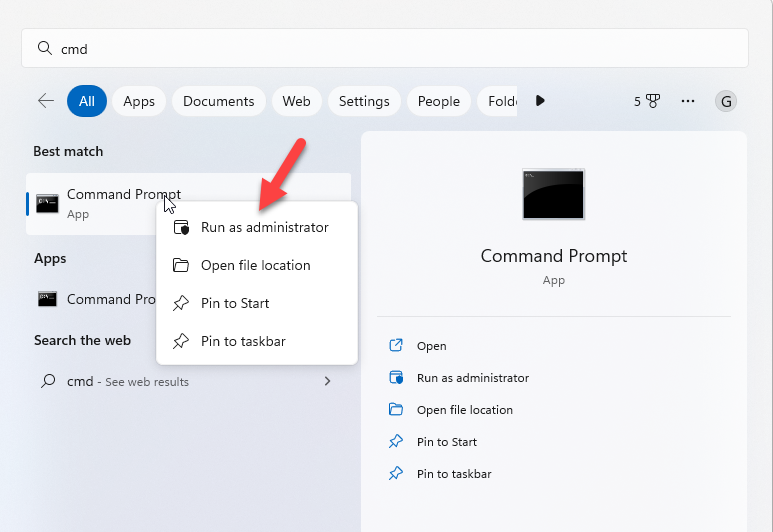How do I display a list of all network cards under Linux operating systems?
You can use any one of the following command to list network cards installed under Linux operating systems. Please note that the ifconfig and ip commands will also display interfaces information about vpn, loopback, and other configured interfaces.
- lspci command : List all PCI devices.
- lshw command : List all hardware.
- dmidecode command : List all hardware data from BIOS.
- ifconfig command : Outdated network config utility.
- ip command : Recommended new network config utility.
- lspci command
Type the following command:
# lspci | egrep -i --color 'network|ethernet'
Sample outputs:
09:00.0 Ethernet controller: Broadcom Corporation NetXtreme BCM5761e Gigabit Ethernet PCIe (rev 10)
0c:00.0 Network controller: Intel Corporation Ultimate N WiFi Link 5300
lshw command
The lshw command can extract detailed information on the hardware configuration of the machine including network cards. Type the following command:
# lshw -class network
Sample outputs:
*-network DISABLED
description: Wireless interface
product: Ultimate N WiFi Link 5300
vendor: Intel Corporation
physical id: 0
bus info: pci@0000:0c:00.0
logical name: wlan0
version: 00
serial: 00:21:6a:ca:9b:10
width: 64 bits
clock: 33MHz
capabilities: pm msi pciexpress bus_master cap_list ethernet physical wireless
configuration: broadcast=yes driver=iwlwifi driverversion=3.2.0-0.bpo.1-amd64 firmware=8.83.5.1 build 33692 latency=0 link=no multicast=yes wireless=IEEE 802.11abgn
resources: irq:46 memory:f1ffe000-f1ffffff
*-network
description: Ethernet interface
product: NetXtreme BCM5761e Gigabit Ethernet PCIe
vendor: Broadcom Corporation
physical id: 0
bus info: pci@0000:09:00.0
logical name: eth0
version: 10
serial: b8:ac:6f:65:31:e5
size: 1GB/s
capacity: 1GB/s
width: 64 bits
clock: 33MHz
capabilities: pm vpd msi pciexpress bus_master cap_list ethernet physical tp 10bt 10bt-fd 100bt 100bt-fd 1000bt 1000bt-fd autonegotiation
configuration: autonegotiation=on broadcast=yes driver=tg3 driverversion=3.121 duplex=full firmware=5761e-v3.71 ip=192.168.1.5 latency=0 link=yes multicast=yes port=twisted pair speed=1GB/s
resources: irq:48 memory:f1be0000-f1beffff memory:f1bf0000-f1bfffff
ifconfig and ip command
To see all configured network devices, enter:
# ifconfig -a
OR
# ip link show
OR
# ip a
Sample outputs:
1: lo: mtu 16436 qdisc noqueue state UNKNOWN
link/loopback 00:00:00:00:00:00 brd 00:00:00:00:00:00
inet 127.0.0.1/8 scope host lo
inet6 ::1/128 scope host
valid_lft forever preferred_lft forever
2: eth0: mtu 1500 qdisc mq state UP qlen 1000
link/ether b8:ac:6f:65:31:e5 brd ff:ff:ff:ff:ff:ff
inet 192.168.1.5/24 brd 192.168.1.255 scope global eth0
inet6 fe80::baac:6fff:fe65:31e5/64 scope link
valid_lft forever preferred_lft forever
3: wlan0: mtu 1500 qdisc noop state DOWN qlen 1000
link/ether 00:21:6a:ca:9b:10 brd ff:ff:ff:ff:ff:ff
4: pan0: mtu 1500 qdisc noop state DOWN
link/ether 92:0a:e7:31:e0:83 brd ff:ff:ff:ff:ff:ff
5: vmnet1: mtu 1500 qdisc pfifo_fast state UNKNOWN qlen 1000
link/ether 00:50:56:c0:00:01 brd ff:ff:ff:ff:ff:ff
inet 192.168.121.1/24 brd 192.168.121.255 scope global vmnet1
inet6 fe80::250:56ff:fec0:1/64 scope link
valid_lft forever preferred_lft forever
6: vmnet8: mtu 1500 qdisc pfifo_fast state UNKNOWN qlen 1000
link/ether 00:50:56:c0:00:08 brd ff:ff:ff:ff:ff:ff
inet 192.168.179.1/24 brd 192.168.179.255 scope global vmnet8
inet6 fe80::250:56ff:fec0:8/64 scope link
valid_lft forever preferred_lft forever
/proc/net/dev
The dev pseudo-file contains network device status information. This gives the number of received and sent packets, the number of errors and collisions and other basic statistics.
$ cat /proc/net/dev
Sample outputs:
Inter-| Receive | Transmit
face |bytes packets errs drop fifo frame compressed multicast|bytes packets errs drop fifo colls carrier compressed
lo: 20097 179 0 0 0 0 0 0 20097 179 0 0 0 0 0 0
vmnet8: 0 0 0 0 0 0 0 0 0 33 0 0 0 0 0 0
pan0: 0 0 0 0 0 0 0 0 0 0 0 0 0 0 0 0
wlan0: 0 0 0 0 0 0 0 0 0 0 0 0 0 0 0 0
eth0: 592509534 623058 0 0 0 0 0 1053 122269656 401567 0 0 0 0 0 0
vmnet1: 0 0 0 0 0 0 0 0
